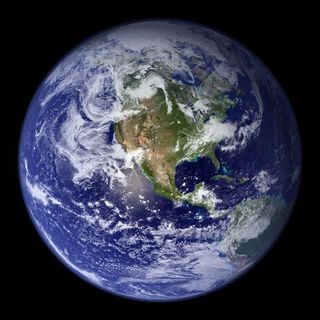“Every living thing has two bodies. To be an animal is to be in possession of a physical body, a body which can eat, drink and sleep; it is also to be embedded in a worldwide network of ecosystems. When every human body has an uncanny global presence, how do we live with ourselves?”
From a presentation of Daisy Hildyards essay and book The Second Body, Fitzcarraldo Editions.
You are surfing waves with your first body. And it is about visual representation when the first body gets photographed.
Your second body is about a large number of connections that is best represented through calculations and numbers of effects and consequences from your way of living.
In surfing, the first body is getting celebrated (as well as in Yoga). Sometimes in ways that deny and hide the second body. Is your first body, or your second body the more political one? Is the picture of your first body of more impact and more political than your first body itself? Is your second body the most political one?
Is your first body, or your second body the best surfer? Is your first body or your second body a colonial surfer?















































